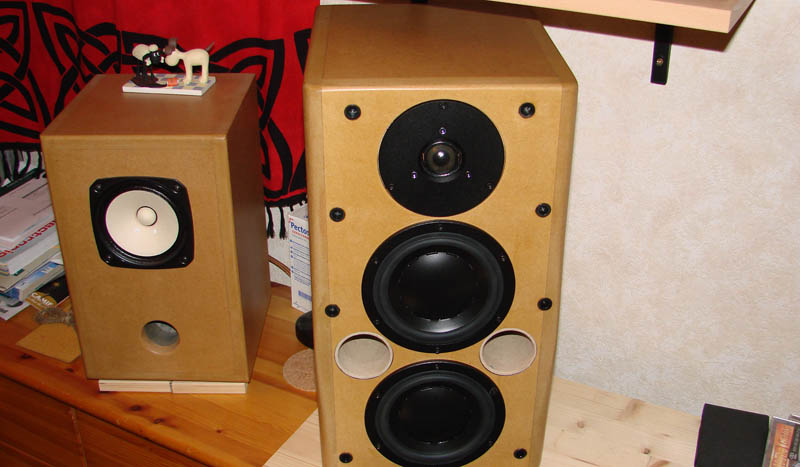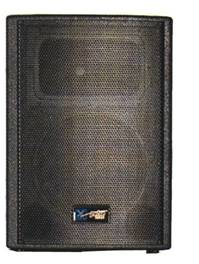Changement of box material
Due to limitations in the acrylic we could substitute it for a new material: the MDF (medium density fiber or "half"). Because of its good mechanical properties, ease of fabrication and the ability to receive many finishes, they do unr material easy to use and especially prevalent in the market.
From a technical standpoint, the MDF is an easy material to use because:
* Do not bend,
* It is fire resistant,
* It isn't easily broken,
* It does not warp
* The cut is clean and free from defects,
* Can be painted or varnish.
Unlike the common wood, no fiber waste at the time of planing or sanding. The fineness of its texture also provides appropriate surfaces to be molded and painted.

Changement of cone material
Likewise, the coated paper, known as recycled paper, consequently has many disadvantages in the use of loudspeakers for a very long time, so we decided to switch it for a synthetic and economic material: the Mylar.
This material allows a better monitoring of changes magnets by adhering directly to the magnet and thus get a good sound quality.
Keep of some components
The preferred use of the same magnet it's because this component has no significant drawbacks and, furthermore, it's easy to find. We could "have fun" if we changed it for magnets made with "rare earth", but its cost would be very high even if they offer high efficiency and potential in the realization of the magnetic fields and its variations.
Similarly, we decided to keep the metal housing, as it brings more advantages than disadvantages. It could be changed for one made of aluminum. However, aluminum is lightweight and does not protect the inner contents against any given problem, even if it offers a better presentation for the speakers.
Possible evolution
For the future, our speakers may be more efficient and powerful through the attachment of D amplifiers and filters in the tarjet, thus we would be more and more close to the Hi-Fi through the use of new technologies.
By contrast, in an even more distant future (or not so far) our speakers could disappear and be replaced by flexible speaker or speakers of paper, which were developed in the U.S. (see drawing below) and will be speakers future ... To learn more about this project click on the image.

![[flexpeaker.jpg]](../Frances/modification_fr_clip_image001.jpg)